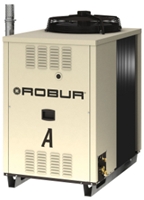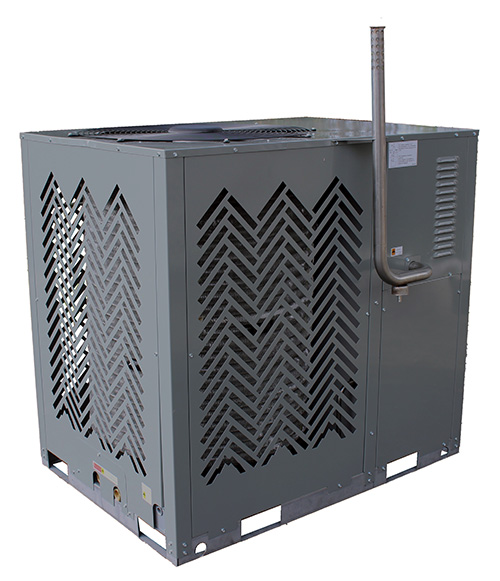I Overview
Heat pumps transfer heat energy from a lower temperature to a higher temperature by inverting the natural thermal flow (in which heat is carried from warm mediums towards cooler ones). This flow capability works whether one wishes to provide heating or cooling with a single piece of equipment.
The basic operation of a heat pump is similar to that of an air chiller, in that it circulates a refrigerant to alternately heat and cool it. It differs, however, in that depending upon the position of an internal valve, the pump can either heat or cool indoor air.
II Applications
When used in moderate outdoor temperatures, heat pumps offer significant operating cost savings over a conventional furnace or air conditioner. Depending on the relative costs of electricity and natural gas, gas heat pumps may also be less expensive to operate than electric heat pumps.
Heat pumps are most commonly used for space conditioning in large homes, nursing homes, apartment buildings, schools, hospitals, hotels, retailers, and office buildings.
III Equipment Options
Natural gas heat pumps can be driven either by an engine or by an absorption cycle. Please refer to the pages on engine-driven or absorption chillers for more details on their respective cycles' operation.
Heat pumps can use a variety of condensing sources, including outside air, water, and geothermal wells. Sizes generally range from 4.5 to 16 tons.
IV Resources
1. Equipment Manufacturer Database
2. Gas Air Conditioning Consortium
3. Natural Gas Efficiency Consortium
V Photo

